When it comes to marketing, there’s no room for guesswork. Every eCommerce merchant needs marketing analytics tools that keep track of website visits, product reviews, conversions, paid marketing campaigns, and events to stay up-to-date with all the essential information of your e-commerce business, and you can constantly look to improve your campaigns. Luckily, there are a ton of great marketing analytics tools out there that can help you do just that. In this post, we’ll share our picks for the 20 best marketing analytics tools for 2022. So, whether you’re just starting out in marketing or you’re looking to take your campaigns to the next level, these tools will help you get there.
Why Do You Need Marketing Analytics Tools?
Marketing analytics tools allow eCommerce business designers or analysts to process different types of data related to the company’s economic indicators like profits, losses, sales turnover, etc. These software-based solutions simplify the information processing and provide users with the requested results.
Indeed, these tools are helpful platforms that monitor key information sources and form relevant detailed reports. These deliverables facilitate your business planning proceedings, including:
- forecasting risk assessment and development strategies or plans,
- an effective approach to finding out the company’s sales optimization vision,
- productive ways for the company to make scaling decisions.
eCommerce merchants should focus on particular data categories subject to marketing analysis manipulations to fulfill all those actions. So, analytics tools, designed for digital marketing information breakdown, observe primary statistic data:
- Website visitor data. Each visitor could be asked to subscribe to your specific offers or accept cookies. Such actions are a starting point to gathering essential information showing the online store hosting ups and downs and its popularity, influencing random visitors to become regular clients.
- Customer touchpoints and event data. Your branded eCommerce products or services, usually disseminated via different ad channels, collect many valuable, informative insights to make your business customer-centric. The same could refer to your advertising campaigns, promo sales, or thematic events.
- Paid campaign performance data. When your advertisement campaigns, especially paid ones, connected with marketing analytics platforms cover a broad share of information channels, social media, etc, you will receive detailed reports about their efficiency related to product sales indicators.
- Customer purchase data. Purchase-related information helps to assess sales trends and improve post-purchase services in order to enhance the company’s brand status.
- Email marketing data. eCommerce promotion activities are hard to imagine without marketing communication means like personal emailing. Reminder notifications, unique offers and scheduled questionnaire messages are major marketing information sources to reach a company’s target audience and draft options to stimulate them to make more significant purchases.
What Are Different Types of Marketing Analytics?

eCommerce business is a complicated amalgam of different types of data sources. To manage information flows and capture required figures, you need a professional and highly experienced marketing research team or specialized software solutions to simplify the analytics activities.
Marketing designers and data analysts determine five critical types of marketing analytics:
- web analytics to examine customer activity on your online store,
- social media analytics to collect data about viewers’ reactions to ads and various promotional campaigns,
- lead generation and attribution to perform analytical forecast and compare B2C marketing interactions at each step of promotional activities,
- SEO analytics to check content marketing aspects,
- email marketing analytics to evaluate emailing distributions, and sales indicators resulting from such operations.
That division allows us to split vast amounts of information and investigate the exact elements for a more clarified picture of business development status.
Before deciding what platform is perfect for marketing analytics services, we should distinguish different types of marketing analytics such a platform is expected to collect and successfully process.
Any digital marketer knows that an eCommerce brand would be deemed successful and profitable if all five types of online commercial business work in unison. Making parallels with major business profit impacts, we may agree that customers, their demands and requirements, are boosters for our business progress. So, attracting a wider audience is a task for marketing analytics.
Indeed, marketing researchers diversify the main information sources such as your website searching opportunities, social media promotions, paid marketing events, communication attributes, content management, and direct or random emailing. These items should be evaluated in complexity to visualize the comprehensive picture of business growth and failures. Fortunately, marketing analytics platforms have enough tools to find gaps and weaknesses which restrict your business and make it less attractive in comparison with competitors.
Understanding all aspects of the products’ popularity will surely be provided by the detailed reports and graphical findings generated by professional tools.
Web analytics
Web analytics is a primary marketing analytics type that provides reliable data about your customers and other visitors who click some of your product pages. In practice, the trivial channel for eCommerce business activities is a web resource. So, it is pretty obvious to expect the majority of customers to be concentrated in your online store.
To find customer data by analyzing your website, you can collect bounce rates, unique users, user sessions, and on-site search queries. The tracked information is your answer to when you should integrate the platform to optimize traffic and sales.
Social media marketing analytics
Social media activities are essential to attract a broad audience and boost sales. However, to achieve that goal, you should measure your social channels per visitors, reactions, feedback, etc. All these factors directly influence your business sales and profits.
Experienced digital analysts should permanently track social media events and ads to analyze product promotion and progress. However, social media is a global source of information. Therefore, marketing analytics software that is easily integrated with Facebook, Instagram, and other platforms will sum up data flows and generate quick reports.
Lead generation and attribution
Attribution is a method for interaction between your business and clients. This type of analytics activity could qualify as the simplest one because they refer to different forms of conversations like sales or form submissions. In this case, you can collect the field data and assess information from a focus group to sum up the comprehensive situation and make the appropriate decisions.
Lead generation and attribution models are a source of information about credit level to be assigned to marketing channels and customer touchpoints. Overall, all these approaches enable digital marketers to improve their programs for better marketing feedback.
SEO analytics
SEO and content marketing are staples of digital business in 2022. At first glance, SEO analytics may seem to be a simple action. However, creative and client-oriented content will significantly improve your business profit positions.
Managing keywords, tracking global trends, and targeting audience investigation in detail are primary measures any digital marketer should take.
Also, marketing analytics tools could assess the features of your partners and counterparts’ content to find ways to defer your organic web performance.
Email marketing analytics
Emailing is a communication tool that shows many valuable marketing data. The purposes of sending emails and other forms of notification to your customers are to attract new clients, remind them about your business offers, and present unique propositions that enhance interaction activities between business and their target audience.
To leverage successful emailing campaigns and distribution analysis, you will need specialized tools to collect inputs and detect feedback reactions. Indeed, the findings determine your post-sale services and reliability in the client’s eyes.
Top 20 Marketing Analytics Tools
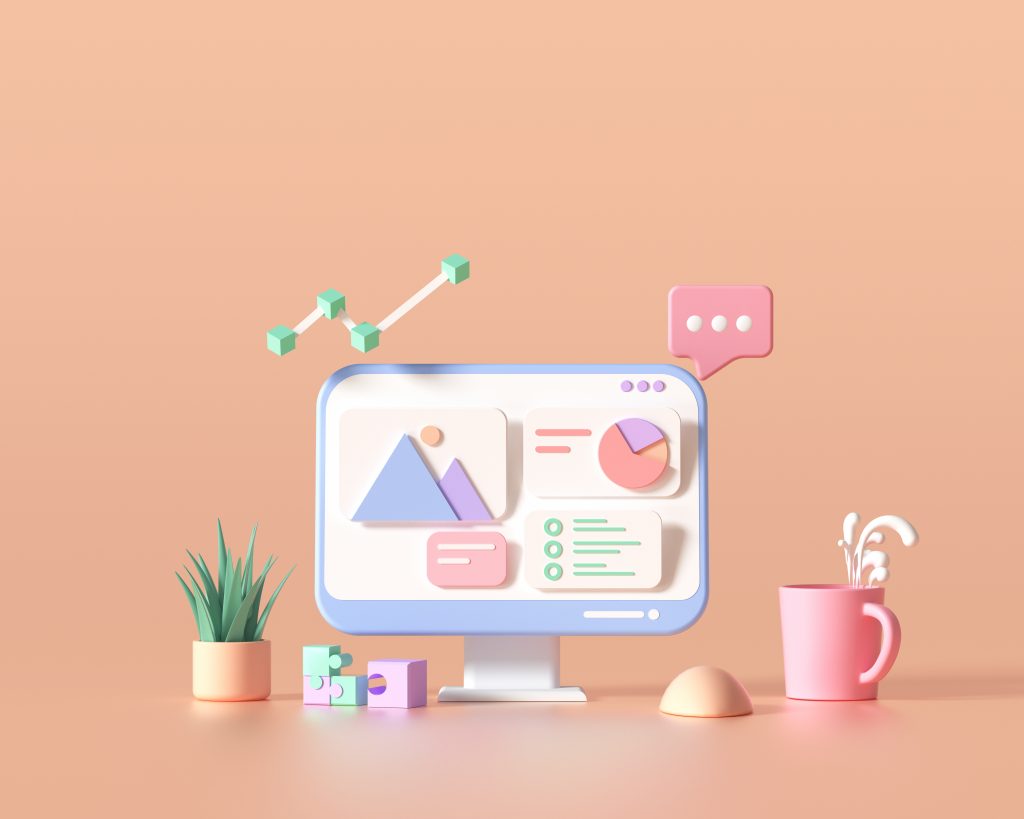
In terms of eCommerce activities, marketing analysis is a specific process. Your online store is operational 24/7 and services many customers; you need to integrate specialized marketing analytics software to maintain your business successfully. Applying the automatic analytical platforms is a rational decision because they can process different types of information and provide ready-made findings to discover the potential opportunities and scenarios for business growth.
Here we gather popular marketing analytics platforms which could be helpful in 2022 and ready to fulfill all requirements imposed by future eCommerce perspectives. To find your perfect analytical service, you should balance its performance parameters, functional capacities, price, and other benefits applicable to your business progress.
Google Analytics
The free Google-developed marketing analytics solution has basic information sorting and exploring features that make your eCommerce business more successful. This tool easily creates a comprehensive picture of your online store activities as a website. It tracks your website visitors, collects data about their location and journey points, and assesses the time spent by random customers swiping your online galleries, etc. Therefore, Google Analytics is key to providing a detailed report comprising information about your marketing, content, product, and custom modifications.
This Google product, along with Google AdWords and Google Data Studio, could connect your insights with desirable results aimed at your online business prosperity.
Regarding pricing, this tool is entirely free for all types of eCommerce businesses. However, those who wish to receive advanced data elaboration and maintenance support by Google should foresee approximately 100k USD in their annual company budget.
MixPanel
eCommerce success is based on the simplicity and effectiveness of the marketing analytics services. This statement could be deemed the main operation principle for MixPanel.
It is a strong candidate worthy of being enlisted in the top range of marketing analytics tools for eCommerce business in 2022 because of its productive events elaboration.
MixPanel analyzes all events on your website, apps, and products. The provided information shows customer journeys on your online store channels.
Any added event empowers MixPanel to describe to you a full picture of trends, counts, and users who prefer your post. In other words, this platform wants you to create a new event to start analytical activities.
MixPanel qualifies as marketing analytics software because it owns enough funnels and A/B testing to boost the performance of your mobile apps. Offering many advantages, this platform’s major specialization is pretty narrow. The business designers ascribe it to a product-oriented analysis tool rather than a marketing one.
Cyfe
Cyfe is the king of multitasking analytical activities. This software solution is designed for market researchers who work with several marketing channels, omnichannels, social media, mass media resources, etc. They need to process vast amounts of data and expect to receive quick analytical reports to make effective decisions.
This multi-purpose marketing analytics tool can satisfy all requirements made by its clients. Due to the functional features, it can provide client-branded reports, online statements, user insights, fast setting options, ready-made integration opportunities, etc.
Along with other marketing analytics platforms, Cyfe supports pre-built widgets which simplify a connection to Google Analytics, Google AdWords, and SalesForce accounts.
SEMrush
You might find the most interactive marketing analytics software to be SEMrush. The primary reason for its popularity is the possibility to track your marketing activities and your competitors.
Information is a lethal weapon in the eCommerce business. So, suppose you can receive the analytical investigations about your keywords used in your marketing campaigns like AdWords, improve SEO tasks, manage the entire cycle of the project implementation process, review domains, links, and other eCommerce visibility channels. In that case, this is half of your business’s success. However, the data findings concerning the same activities as your counterparts will prevent your possible failures and risks of launching weak promotion events or poorly demanded products.
Klipfolio
This solution is an easy-to-use analytics tool designed for relevant digital marketing data of several channels using the ready-made informational panels. The offered patterns save the digital market investigation specialists time and effort by managing multiple channels in one tool.
Thanks to the opportunity to attract unlimited users, Klipfolio is preferable for marketing agencies that create their information panels and share them with their clients.
The key features of this analytics software are specific administration settings, a reliable model for tracking information from Facebook or Google Analytics, availability for mobile apps, branding options, including logo replacements, a self-servicing platform to edit KPI, etc.
Crowdbooster
This marketing analytics software is a synonym for audience involvement because it allows users to track the ups and downs of representatives of eCommerce business target groups. Social media is an investigation field where Crowdbooster monitors the outcomes of particular marketing campaigns.
This tool forms short reports in real time. This feature is pretty valuable if you wish to observe who shares your content via social media and how many times they do so.
Crowdbooster is a digital helper to improve partnership with your clients, potential and current, and generate creative ideas for enhancing your online media content. Also, this platform strengthens your digital communication activities, providing a pretty helpful option like the scheduled distribution of tweets and messages. All these benefits directly impact your online business marketing planning.
Heap Analytics
This tool was developed to analyze the website and mobile app activities. The operation concept is similar to MixPanel’s technical specifications. Nevertheless, this platform tracks all visitors and their manifestations on your web resources.
The collected information will be presented in easy-to-understand and graphical forms. You may use a valuable option showing the number of users who executed queries per a particular event. As such, you can assess your eCommerce business marketing campaign and respective policy in general.
This marketing analytics software is great for determining the deleted customer and product segmentation and forecasting the consumption trends which optimize your sales.
The marketing data detector also has many advantages concerning statistics elaboration in real time, retroactive statistics, visualization of promotion events, stream of customer actions, etc.
The only weakness of this software is that it works with iOS-supported gadgets. Android environment users are restricted to using Heap Analytics for marketing research purposes.
The AdWords Performance Grader
Driving traffic to your website and increasing your online market audience is a priority for any eCommerce company, especially those just starting out. However, this goal could be challenging due to some marketing omissions, and online merchants should detect them before their competitors make good progress in the market.
The problems are frequently a result of weak account ads, and marketers need to attract productive analytics tools for digital marketing elaboration. In this case, AdWords Performance Grader is a safe and cheap alternative.
This platform is dedicated to analyzing your account linked with all possible Google Ads and generating detailed reports that focus your attention on the strengths and weaknesses of your business. Getting insights and transforming them into a comprehensive business plan is an operational task for AdWords Performance Grader.
Improvado
Improvado could belong to the group of so-called manual overdriven marketing analytics tools due to the functional specifications of this software to create the reports and manage the integrated data.
In other words, this solution is an excellent helper for digital marketers who work with different omnichannels. This service improves analytical activities because information accumulated by various platforms like Google Ads, Facebook Ads, emailing, CRM, etc. is available in one place.
Improvado is also an SEO improver due to its functional design and other required marketing tools. Demonstrating keywords on a singular line simplifies the searching time and optimizes the content modifications.
In addition, this tool completely integrates your company information to eliminate inequalities.
Working with this service offers complete satisfaction and is a great money-saving alternative too. You do not need to spend extra for DevOps engineers to amend settings on your control panel. The solution allows you to perform all actions on your own.
Optimizely
This marketing analytics tool provides mostly A/B testing services applied to your web resources and products. The analytical results assess the commercial attractiveness of your brand and online store. Numerous tests compile a set of versions capable of boosting traffic opportunities, and you may choose the best one.
The testing can present its findings in visual or textual interpretations to optimize decision-making. If you decide to change your website design for profit-stimulated commercial activities based on Optimizely-suggested alternatives, changes would concern only UX design modifications and not belong to the code.
This solution is a must-have marketing attribute if you want to evaluate your website performance and customer activities on your online commercial channels, putting the minimum effort and receiving the critical informative deliverables.
Moz Pro
Moz Pro provides marketers with data that improves their efforts to optimize searching indicators and, as a result, increases your product or store positions in the automatic search systems. Like SEMrush, Moz Pro can demonstrate searching system data related to your media and your competitors’ activities. This information includes keyword ranking analysis of links and trends selected for a particular period.
Moz Pro is the best tool for marketing analytics performed by SEO experts and digital marketers who intend to maximize their progress strategies in searching system fields. This software has a convenient control panel easily managed by both analytical experts and beginners to receive the requested outputs.
Fivetran
This solution is designed for marketers and data analytics. This is a tool to collect and analyze marketing data. It integrates all databases, APIs, and other tools to the singular concentrator in order to track the entire picture of information flows. It has a suitable and straightforward interface so users do not need to apply specific technical experience or knowledge to navigate its control panel.
Regarding pricing, the costs for Fivetran services are moderate and depend on security, extensibility, support, connectors and users, and other analysis parameters. In addition, this platform offers a free 14-day trial version to try out all the benefits and opportunities for your business.
Overall, a detailed assessment of marketing activities, financial operations, customers, and sales is a rational investment for future development. In addition, Fivetran allows a database replication option that centralizes on-premise and cloud databases quickly and easily.
Adestra
Adestra is a marketing tool to automate emailing services that help marketers initiate targeted emailing events using platform-offered patterns. This marketing analytics software is developed to clarify the effectiveness of the promotion campaigns. This service also sends automatic notifications.
Users can enjoy a variety of well-compiled samples optimized to satisfy Internet and mobile customer expectations. This online marketing manager allows you to collect premium class data that enhances client engagement.
Insightly
Insightly is a marketing analytics tool specialized in CRM solutions and profound marketing automatization. This tool renders exclusive services oriented toward creating newsletters and promotional emails. It provides feedback options using landing pages and built-in forms.
Insightly also assists marketers in analyzing and visualizing their clients’ ideas through an advanced analytical approach. Supporting online and mobile devices simultaneously, this analytics software does not have problems integrating with any environment and operating systems.
The technically inclined platform arranges customer journeys consisting of next-best-action steps towards your business products. Also, you can segment your clients and products based on detailed information outputs to optimize current and future sales. The other marketing advantage of this software is intelligent campaigns, which include effective preparatory planning to develop successful events and interactive dashboards and reports to assess the received achievements.
BuzzSumo
BuzzSumo is an online marketing platform for media channel analytics and data collection for content marketing. Such actions help the marketing specialist generate new ideas, create their materials, find consumption influencing content, and track effectiveness indicators of the post information.
This marketing analytics software comprises four tools: content search, its evaluation, detection of influencing channels and individuals, and content tracking. Content searching as a part of SEO analytics cover all possible ways to find the required data: keywords, topics, FAQs, etc. These actions are permitted due to a range of filters available in BuzzSumo. Content analytics through this software is a scan of numerous materials and posts to generate unique content. This process consists of content identity search, analysis of the competitors’ content, and content comparison per period of time.
Ninjacat
Of Japanese origin, Ninjacat is a versatile marketing analytics platform and an excellent solution to compile reports, monitor business promotion activities, and track different calls. Developed as a tool for digital marketing agencies, Ninjacat occupies the leading position in the ratings of marketing analytics tools due to its integration simplicity and size.
Google AdWords, Google Analytics, Bing Ads, DSP, CRM, CallRail, Facebook Ads, Google Search Console, etc., is not an exhaustive list of platforms effectively synchronizing their insights with Ninjacat.
This software is fantastic at preparing reports on content ads and PPC analysis, expanding its supervision for social media, SEO tools, searching systems, etc. It also provides you with informative panels and White Label reports sharing reliable, precise, and real-time information with your clients via any available gadgets. One of the operational objectives for such a productive data analyzing machine is to scale up your business activities and cover new segments.
The Ninjacat monitoring includes budget and event tracking to optimize the company price and marketing policies. Indeed, this tool analyzes tasks in detail.
Alooma
This marketing analytics tool is well worthy of being mentioned in the top 20 best analytical e-commerce tools. Among its benefits are:
- Comprehensive integration. It can integrate dozens of data sources to analyze sales, marketing services, transactional databases, SDKs, and so on,
- End-to-end security. This motion platform ensures its clients that their data is safely integrating into BigQuery,
- Pipeline transparency. Different graphics and dashboards allow you to monitor events and products in real time, catching any error or traffic changes,
- Mapping made easy. The offered opportunities provide users with complete and customizable control.
This platform is exceptionally productive; therefore, you do not need to think about APIs, SQL, code engines, and other details to sum up the full picture of the business state. Indeed, Alooma will do it by itself, presenting you with only a qualitative result.
Adverity
Adverity is a tool that analyzes data and generates reports based on artificial intelligence, automatically collecting and unifying marketing data using integration modules.
Thanks to these modules, users get reports, dashboards, and visibility deliverables to find tendencies and trends after launching promotional campaigns or product lines.
With Adverity, you can collect information from partner channels, web-tracking tools, offline files, audience measurement systems, and other sources.
This marketing analytics tool monitors SEO activities via content evaluation and recommendations to update some attractive approaches. Adverity is the ultimate solution for business forecast specialists because its advanced version helps to build different models, scenarios, and data prediction points that could improve eCommerce business development.
There is no fixed fee, which attracts users. You pay only for a number of sources required to integrate.
Supermetrics
Supermetrics allows you to automate report generations and transmit results to your desired location. This cloud ETL platform collects and analyzes your marketing data using API interfaces and sends them into the data bank. Also, it qualifies as a visibility, reporting, and business analytics tool.
Integration with Google Analytics and Google Ads is not a big deal for Supermetrics due to its functional abilities. It also works efficiently with Google Data Studio.
As with many marketing analytics tools, this platform offers various visual data interpreters and dashboards to assess the marketing effectiveness for a particular product, event, or audience activities.
Datorama
Datorama enables companies to consolidate marketing data from different channels, which companies and regions could sort. The comprehensive reports and dashboards will become a helpful adviser to make decisions.
Integrating this platform into Marketing Cloud improves several performance positions:
- United space. Now, evaluation of the purchase funnels is more productive because you do not need to click numerous channels and media to gather detailed information. Also, the company realizes the financial benefits resulting from a substitution of a separate marketing department by a well-developed tool,
- Real-time synchronization. Datorama differs from competitors because of a unique feature: it picks up data from all synchronized API interfaces every twenty minutes. So, time to receive a brief report shortens, and marketers don’t have to wait till the end of the business day,
- Increased data. The unified data links with CRM, Google Analytics 360, and other paid mediums, including premium searching systems, social media, major purchases, etc., allow Datorama to optimize potential clients’ engagement and purchase funnel growth,
- Available visibility means. Interactive graphic interpretations of analytical results help the data readers catch main points for products, sales, or audience optimization. These dashboards could provide exact request outputs and filter only the essential data.
How Can You Capture All Your Marketing Data In One Place?
A global search could present you with many results which recommend different marketing analytics tools. However, finding a productive platform requires little effort. The main decision-making argument is an opportunity to capture all marketing data in one place and process different channels. Such comprehensive analysis covers vast amounts of information and catches customer behavior changes visiting all presented business funnels.
This multi-functional platform is AdScale, a competitive but high-performance software solution that offers your business a singular marketing cloud.
Integrating to AdScale digital marketing analytics tool opens advantageous opportunities like:
- Control data flow in one place,
- Manage data-driven channels, including social media and web analytics, to optimize the marketing attributes,
- Track any changes and modifications for three legs of marketing analytics (customer, conversations, and events),
- Form detailed reports without duplications or omissions which could spoil the analytical process,
- Provide visual effects via dashboards and graphics to understand information more accurately,
- Synchronize your activities and reduce workload processing different data sources without needing to click various platforms or data storages,
- Scale your eCommerce business up and optimize acquisitions.
To satisfy the above features in full, every eCommerce merchant could try out a free trial. After completing that period, AdScale offers a number of pricing options, depending on the number of channels and business scaling goals.
FAQ
eCommerce analytics is your path to successful business development. Market tendencies, customer behavior, acquisitions, B2C interactions, and paid marketing activities are sources of valuable information influencing your revenues. So, you need to pay particular attention to significant metrics which show you the complete picture of the actual state of the business.
eCommerce analytics means data-driven insights that show the clients’ positive and negative interactions with your website or mobile apps. The resulting reports or analytical findings focus your attention on points to be updated, amended, or removed if you want to keep your marketing products attractive to the target audience.
Customer data is a source for business activities improvement. Preferences and requirements of the current clients are essential to moving your products and services as well as pricing policy to a customer-centric approach. As such, you may introduce new opportunities and develop productive marketing campaigns for audience growth.
To perform marketing analytics activities more productively and budget-safe for your eCommerce business, you can use specialized tools and systems, free or paid, listed in this blog. However, before installing this helpful software, ensure that the platform satisfies all your expectations and covers all possible marketing data sources for detailed analysis.
Marketing analytics have prominent examples related to your eCommerce activities. The data analysis refers to understanding customer behavior, assessment of the paid marketing events and campaigns, optimization of the company product, sales, and communication policy, predictions of various risks and challenges associated with content marketing, etc.
There are three legs of marketing analysis: data, marketing events or campaigns, and analytics as actions. All these pillars are a basis for a comprehensive assessment of eCommerce business progress and the effectiveness of types of marketing analytics, including web, social media, technological attribution, emailing, and SEO supervising.
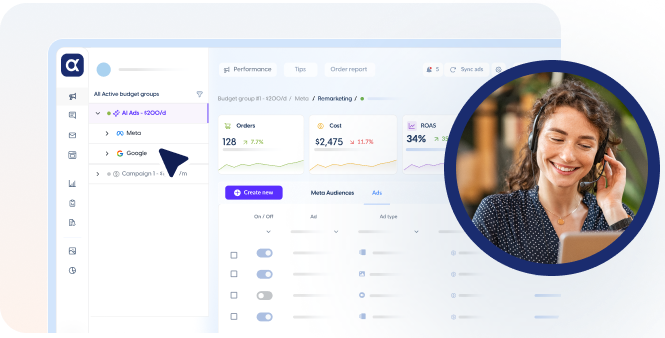

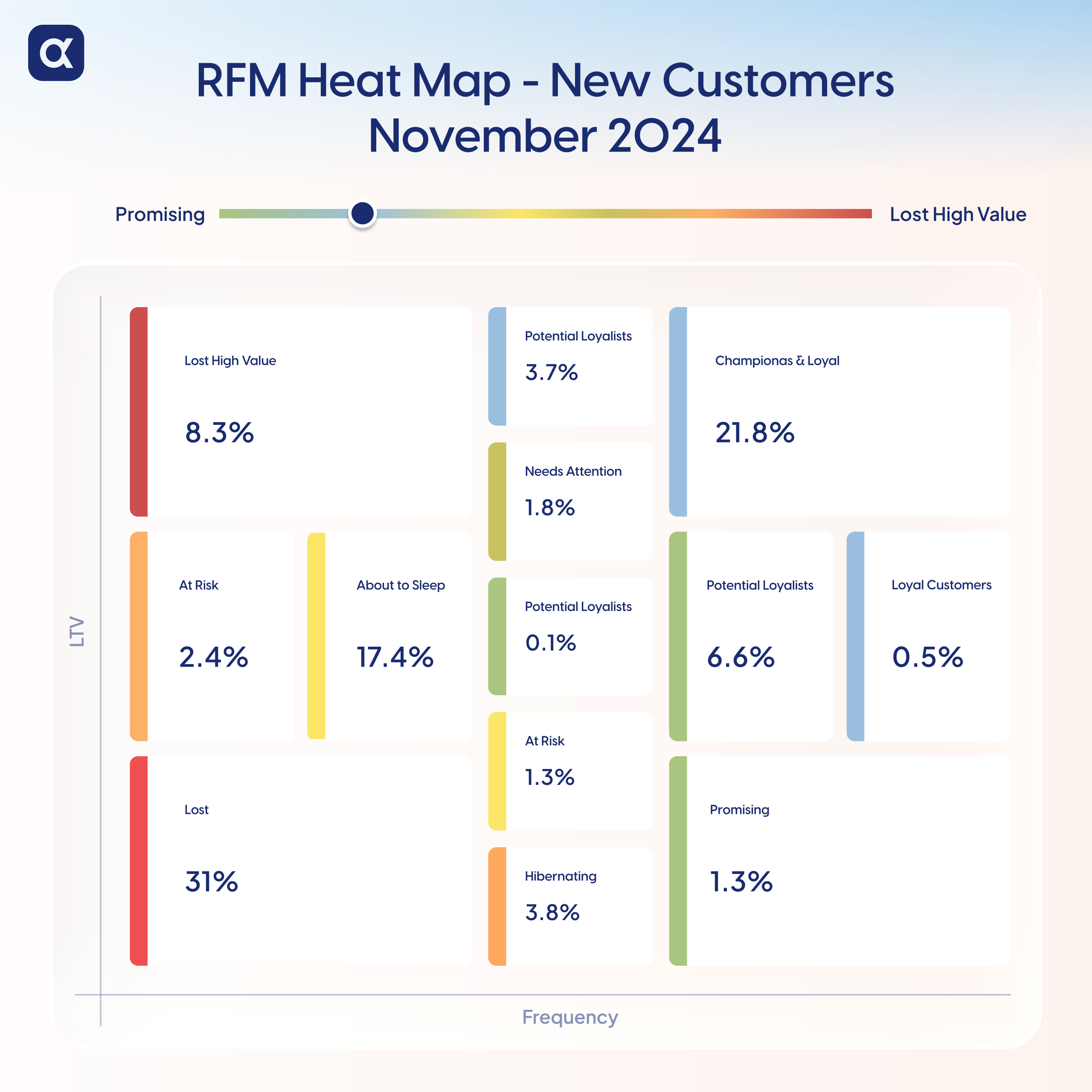
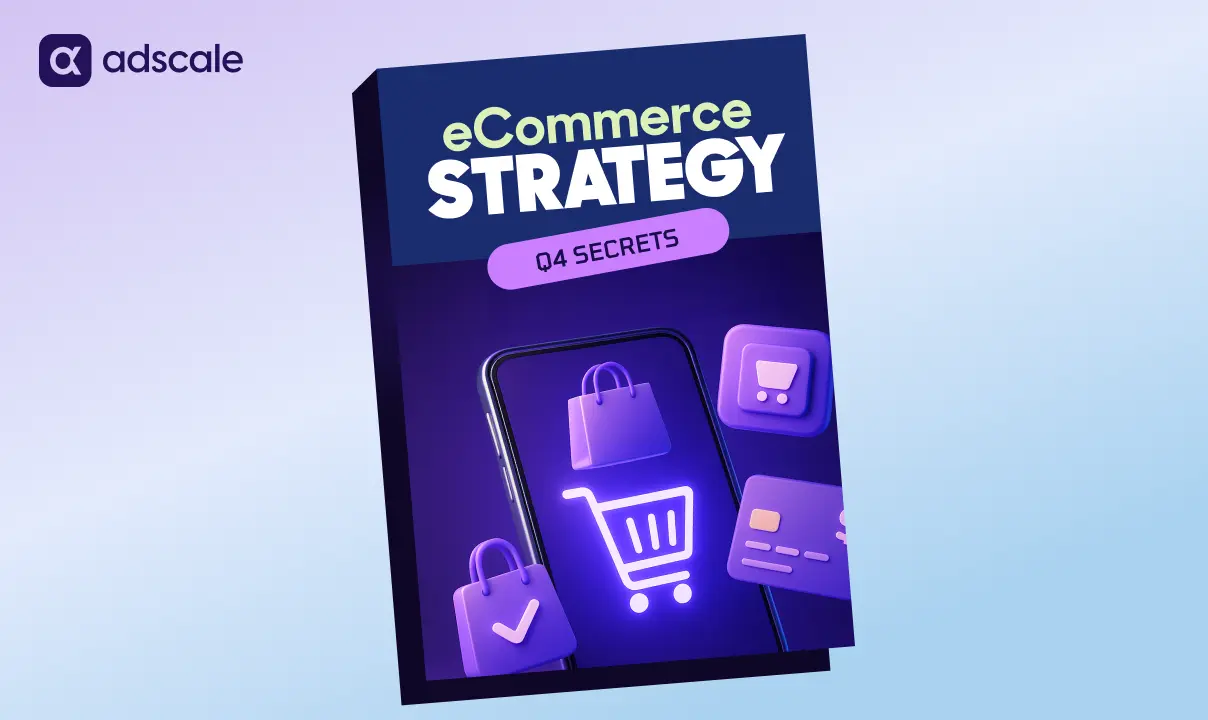
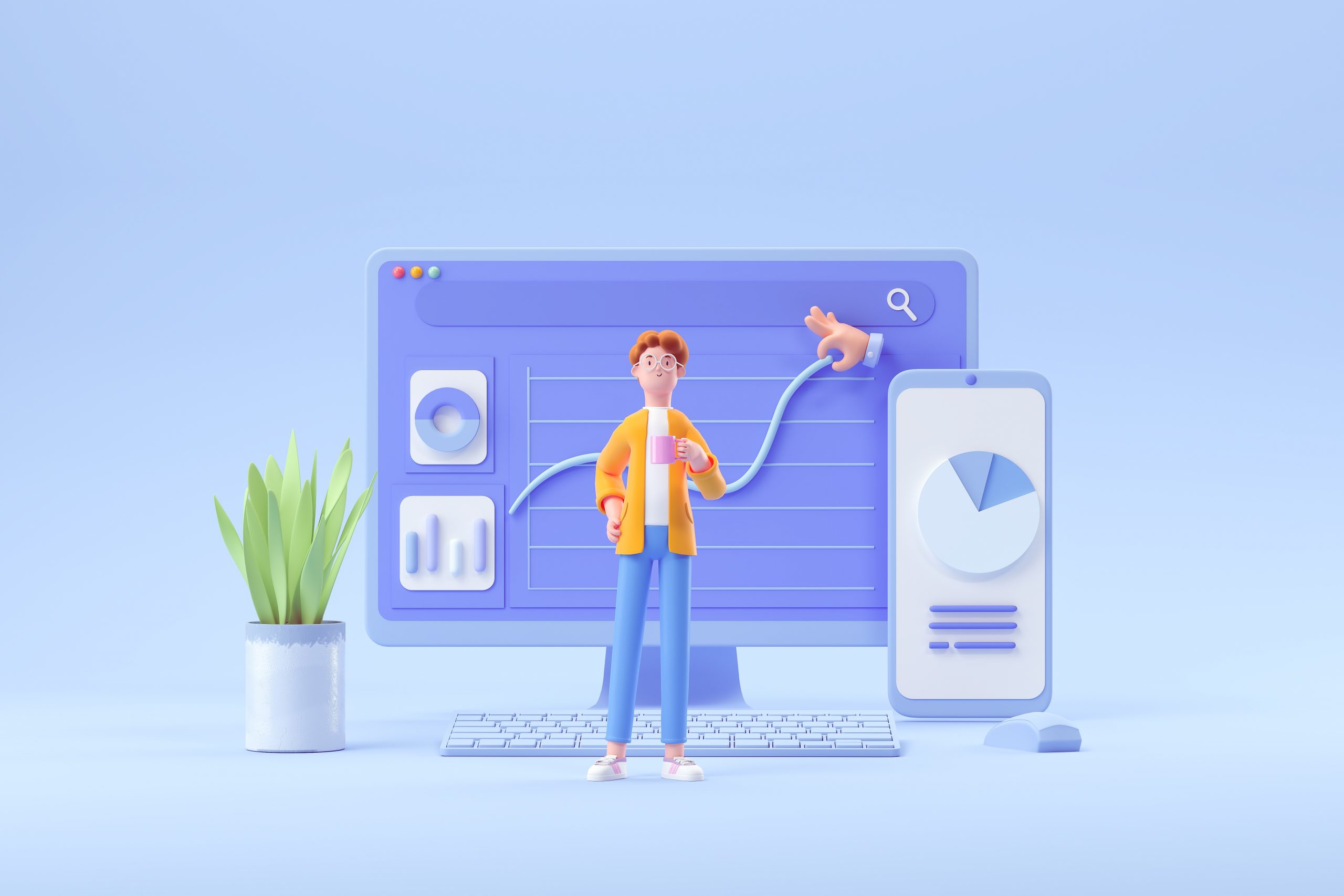

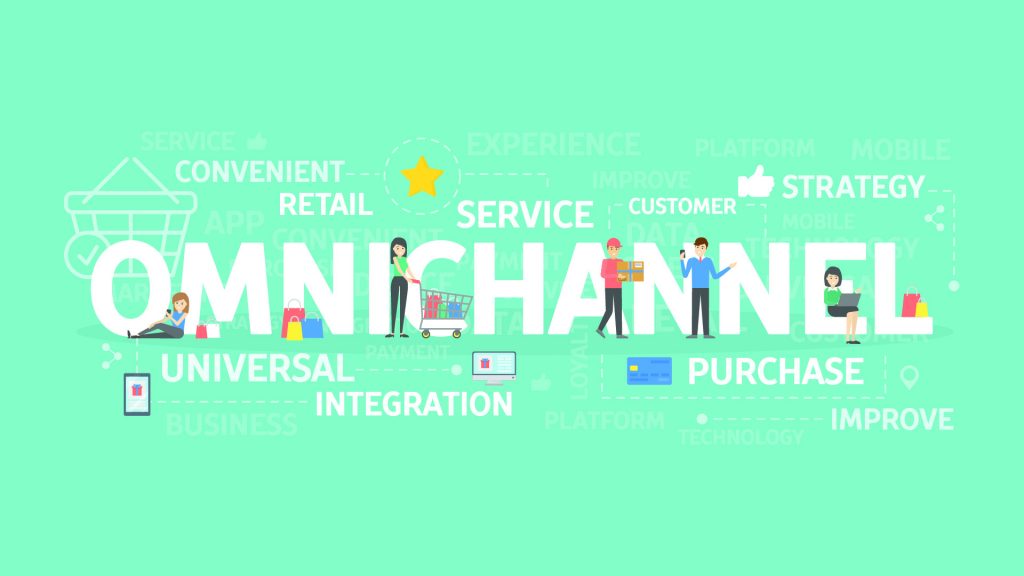
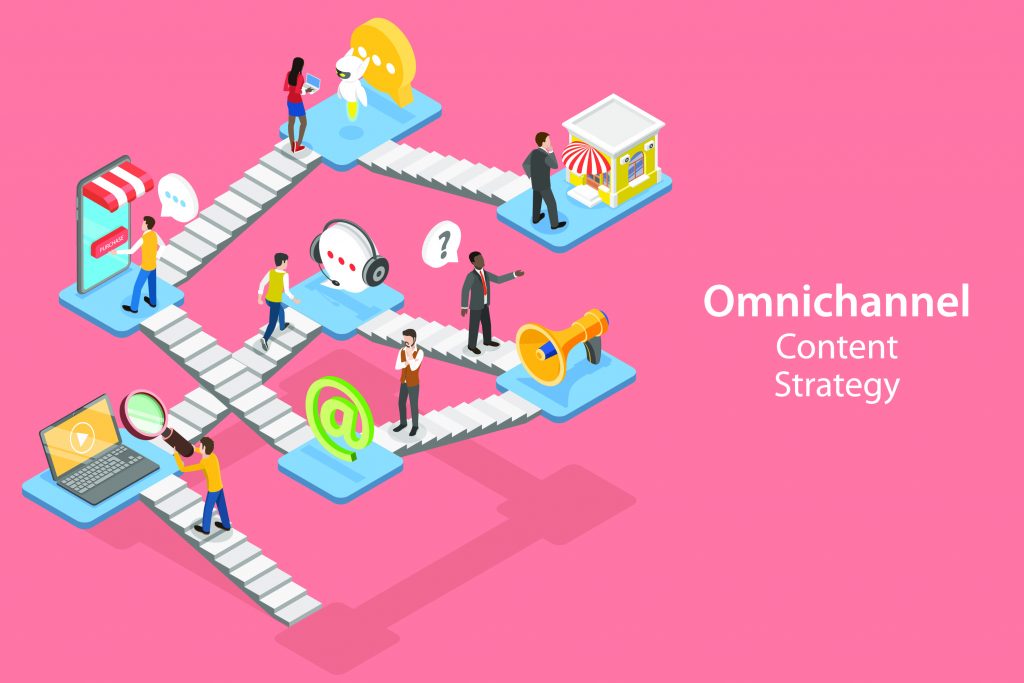


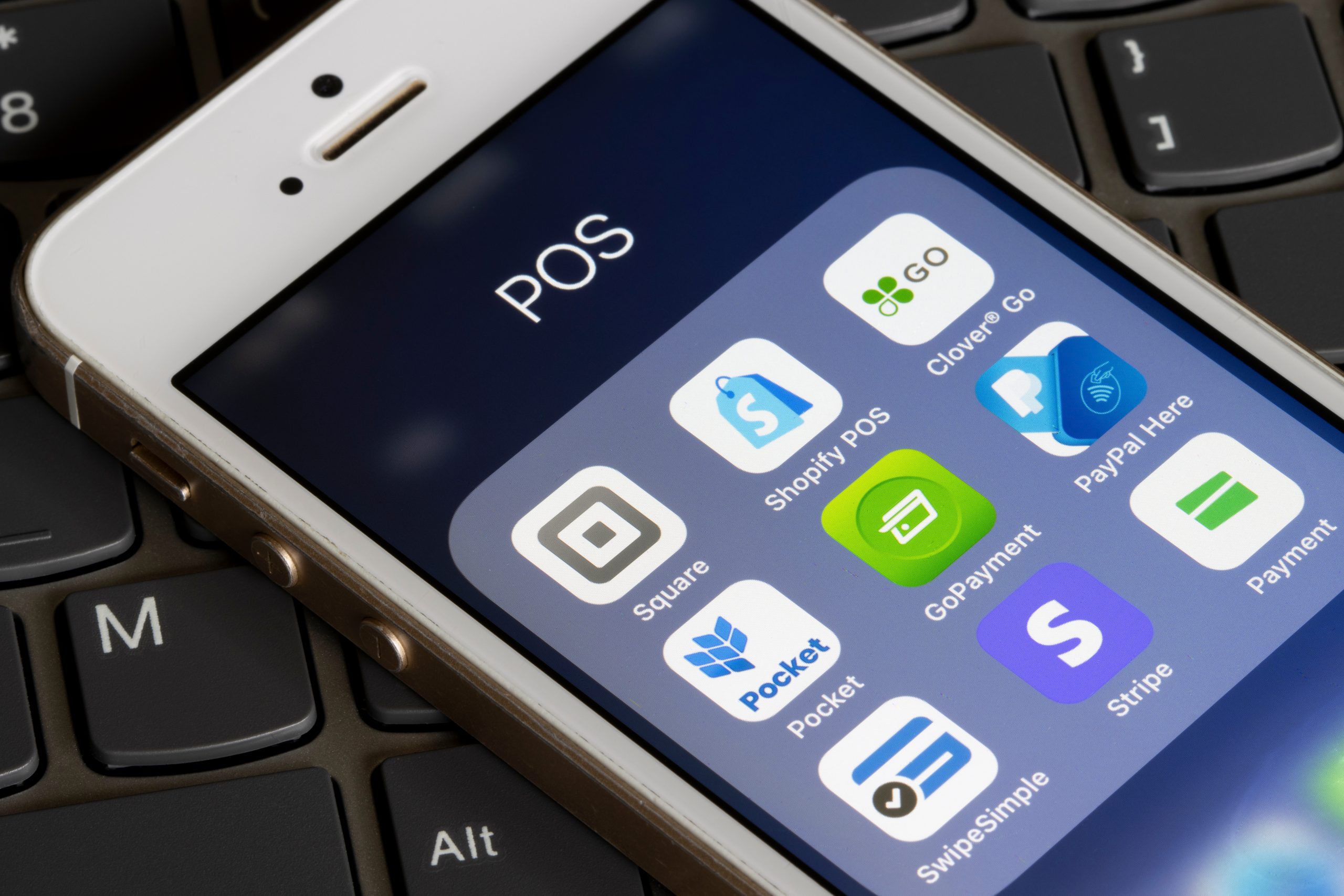


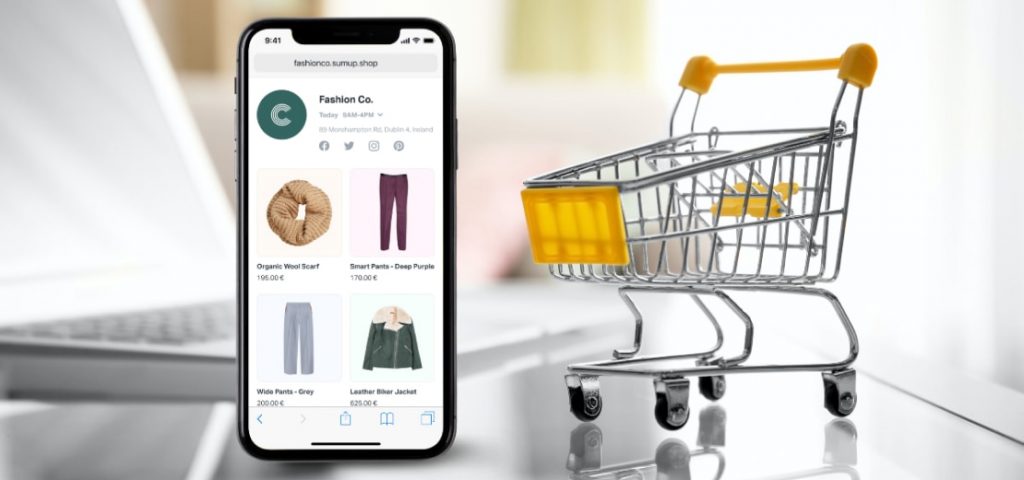


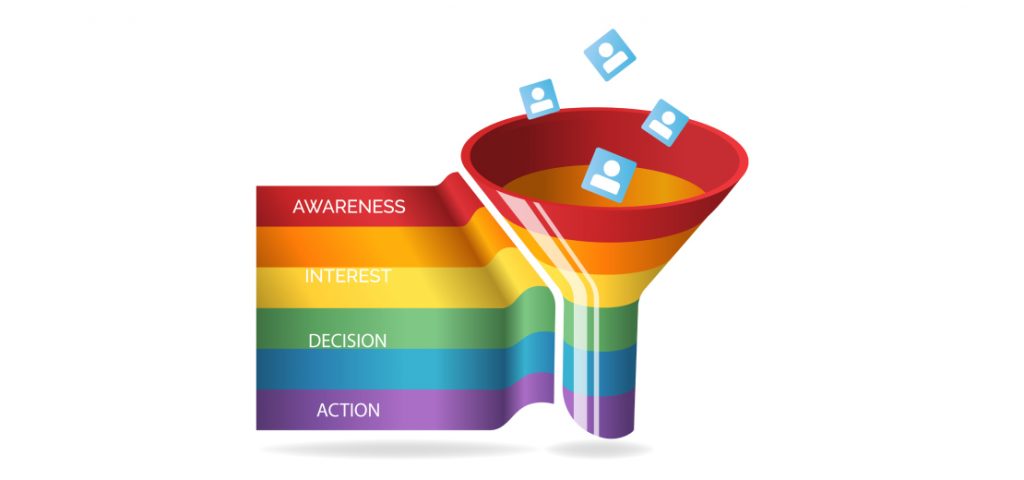

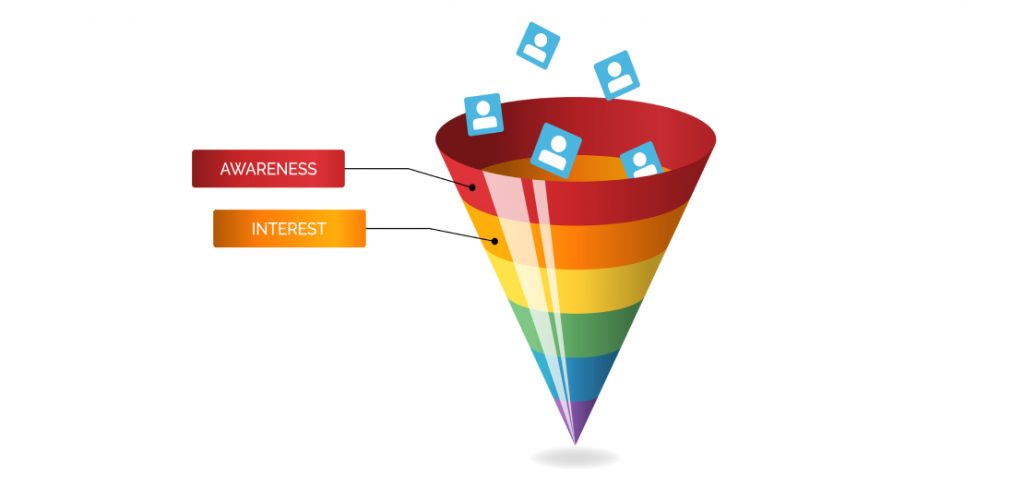

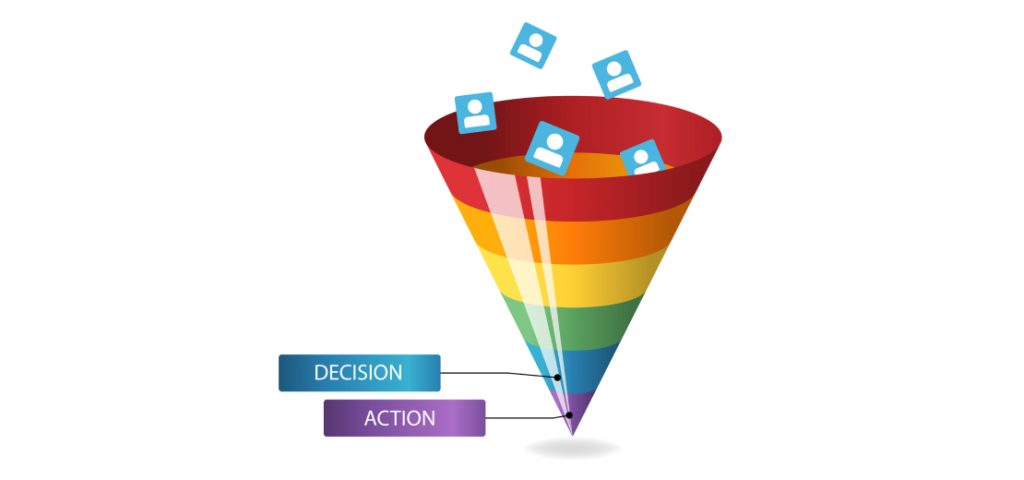









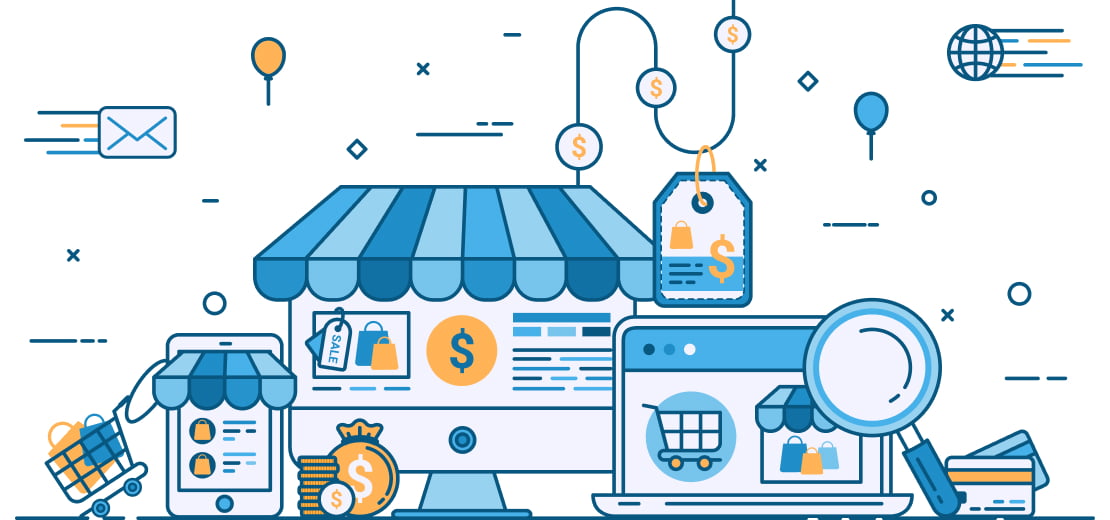
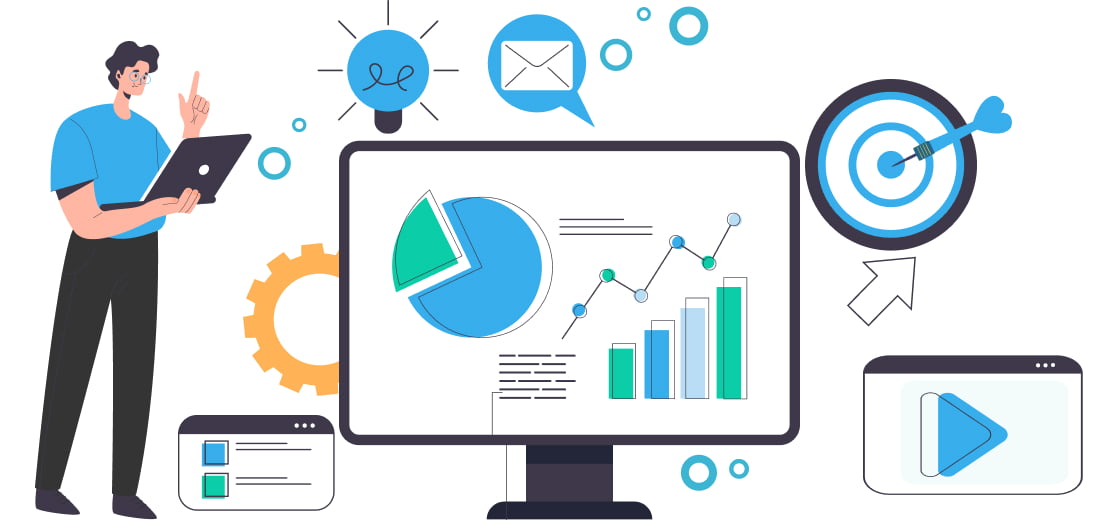
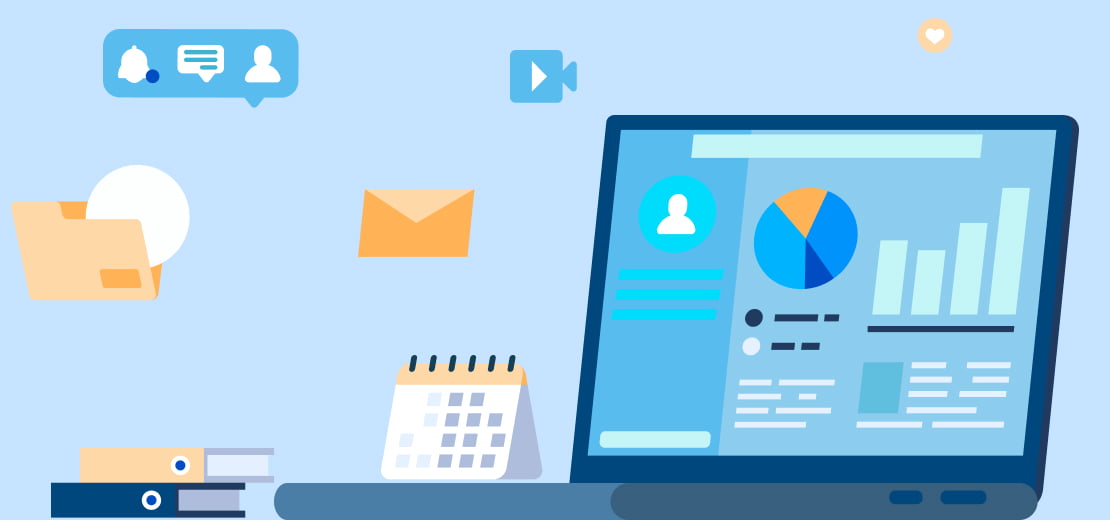








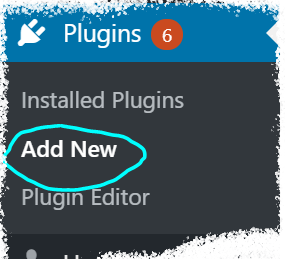
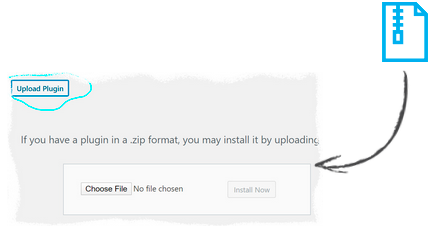
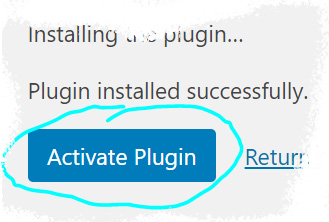
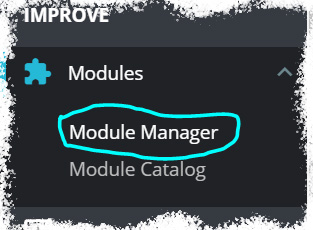
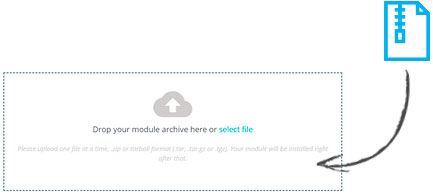
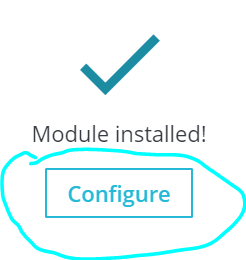



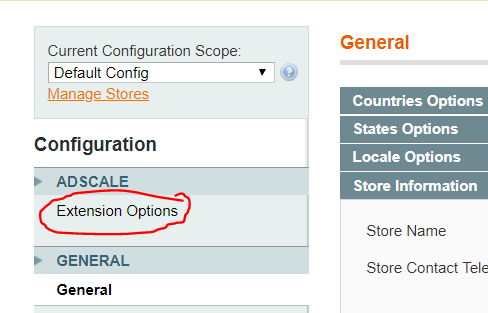
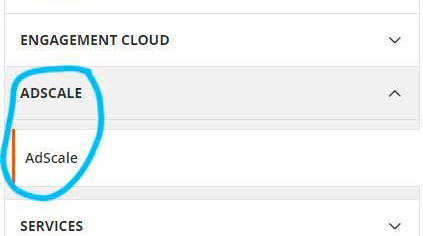
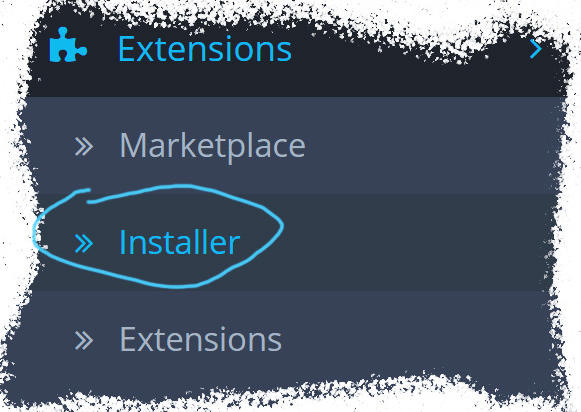
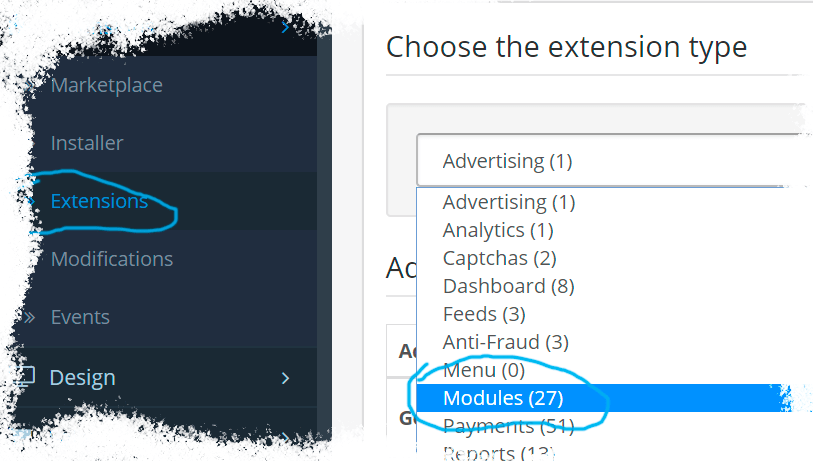
 ,
,